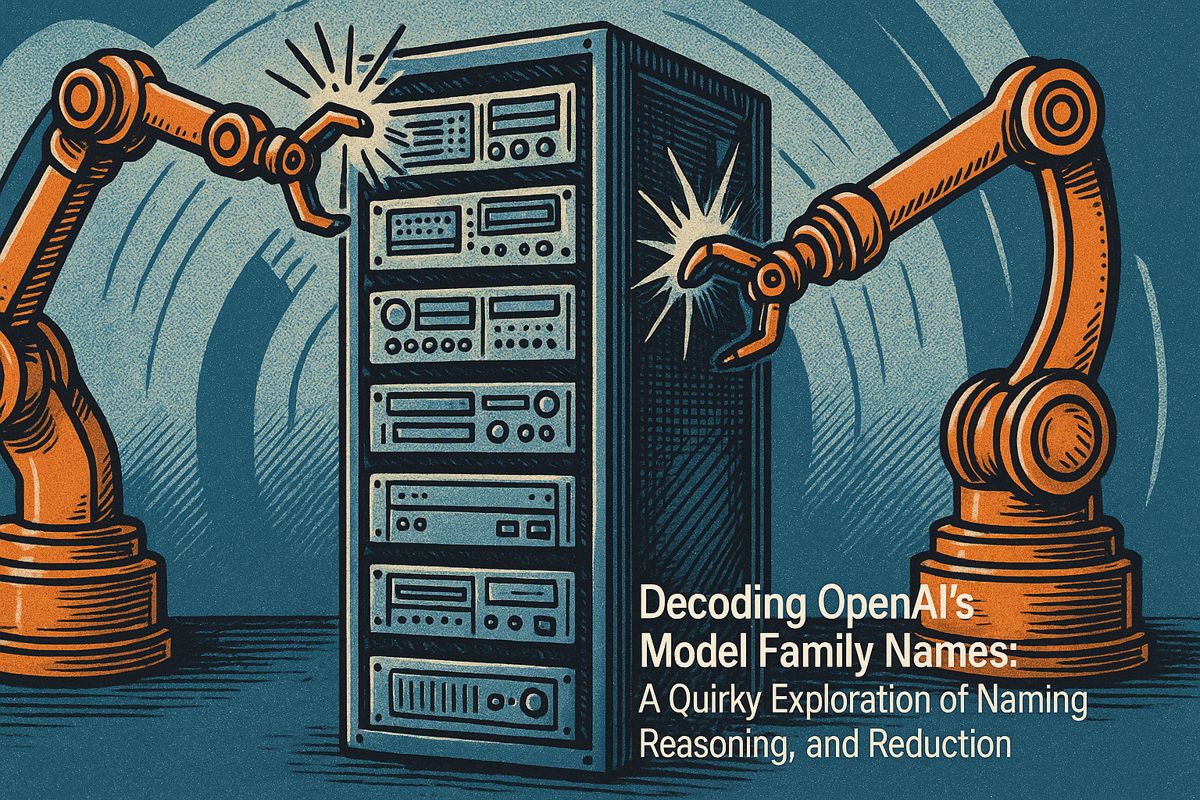Navigating new AI and data sovereignty rules is no longer a boardroom debate but a critical business imperative. Companies are now implementing Sovereign AI – keeping AI systems and data within national borders – to mitigate compliance risks and unlock significant competitive advantages. Executives are leveraging these local AI strategies not just for defense against fines, but as a proactive lever for faster growth and higher margins.
Rising regulatory stakes
A wave of new regulations in 2024-2025 is intensifying the pressure for data localization. The EU AI Act mandates strict conformity checks for AI systems, while the EU Data Act prohibits unlawful third-country data access. Concurrently, China’s PIPL demands government oversight for critical data transfers, and the US CLOUD Act allows extraterritorial data access, creating complex compliance challenges. A Data Sovereignty in 2025 study reveals that 71% of multinationals are already redesigning their data architecture to comply with these localization demands. Non-compliance carries severe financial penalties, including fines up to 4% of global turnover in the EU and 5% in China.
Sovereign AI refers to the practice of developing and operating artificial intelligence systems entirely within a specific nation’s borders, ensuring data remains subject to local laws. This approach is becoming critical for global enterprises to navigate complex international data regulations, avoid steep non-compliance penalties, and maintain data privacy.
Sovereign AI economics
Contrary to being a mere compliance cost, adopting a sovereign strategy delivers substantial economic benefits. An EDB 2025 survey of over 2,000 executives shows that organizations prioritizing sovereign AI achieve a 5x return on investment and are twice as likely to move projects from pilot to full production. Furthermore, a Broadcom 2024 report finds that local deployments can reduce operational costs by 18% while stimulating domestic tech ecosystems. Key business advantages include reduced latency for real-time applications, protection of proprietary data from foreign legal access, and simplified sector-specific certifications.
Building the local stack
To implement sovereign AI, Chief Data Officers are adopting hybrid cloud models. This strategy keeps sensitive workloads on-premises while leveraging region-locked public clouds for scalable capacity. Essential components of this ‘local stack’ include encrypted edge gateways, geo-fenced key management, and vendor-agnostic open databases like Postgres. Technology vendors are responding by offering turnkey ‘sovereign AI’ platforms, which combine high-performance hardware with low-code model development pipelines. These integrated solutions provide deep monitoring capabilities and have enabled early adopters in healthcare to improve model inference times by 40% by repatriating data to in-country data centers.
Governance without friction
Effective sovereignty requires seamless governance. Legal teams are now using data lineage mapping to track and isolate sensitive assets according to jurisdictional risk. While Standard Contractual Clauses are still used for necessary cross-border transfers, the focus is shifting toward geo-fencing and hardware-level encryption to keep decryption keys within national borders. Automation is key to reducing friction; policy-as-code engines can automatically flag AI model changes that might violate regulations like the EU AI Act, enabling proactive redesign. This integration into CI/CD pipelines has been shown to cut audit preparation time by up to 35%.
Competitive signal
Beyond compliance, demonstrating sovereign capabilities has become a powerful competitive differentiator. In public sector and regulated industry procurement, local data hosting and transparent governance are now key evaluation criteria in RFPs. Suppliers who can prove their sovereign compliance not only win contracts more easily but can also command premium pricing. Analysts project that by 2026, over half of all AI workloads in the EU and India will run within sovereign frameworks. Companies that embrace sovereignty as a strategic growth engine are leading in innovation, market entry, and customer trust.
What is sovereign AI and why does it matter in 2025?
Sovereign AI means training, storing and running models inside the jurisdiction that owns the data.
This protects companies from foreign subpoenas (think US CLOUD Act) and from fines under the EU Data Act that can reach 4 % of global turnover.
In 2025, 87 % of enterprises that keep data and models local avoid regulatory delays and are twice as fast moving pilots into production.
How does local deployment translate into hard ROI?
Leaders who pair data-sovereignty rules with local AI infrastructure report 5× higher ROI compared with peers that rely on shared public clouds.
They also cut outbound-data-transfer costs by up to 30 % and win more regulated-market contracts because they can prove compliance on day one.
Which global regulations make sovereign AI urgent right now?
- EU AI Act (2024) – high-risk systems must stay inside the bloc and pass conformity audits.
- China PIPL – critical-data transfers need government approval.
- India DPDP Act – sensitive data must remain on Indian soil.
Missing any of these rules can block market entry overnight.
What technology stack supports sovereign AI without cloud lock-in?
EDB Postgres AI is the first data platform built for this use case.
It lets companies run transactional, analytical and AI workloads on the same cluster, on-prem or in a national cloud, while keeping encryption keys local.
Built-in observability (200+ metrics) and one-step migration from Oracle or Amazon Aurora reduce switch-over risk and cost.
How do early adopters turn compliance into competitive advantage?
Banks, health-care groups and government teams use local models to:
– shorten fraud-detection latency from 200 ms to 30 ms,
– unlock new sovereign-data products worth millions, and
– qualify for fast-track procurement lists reserved for fully compliant vendors.
The result: sovereign-first organizations are 90 % more likely to call their AI “transformative” than those still shipping data abroad.
















